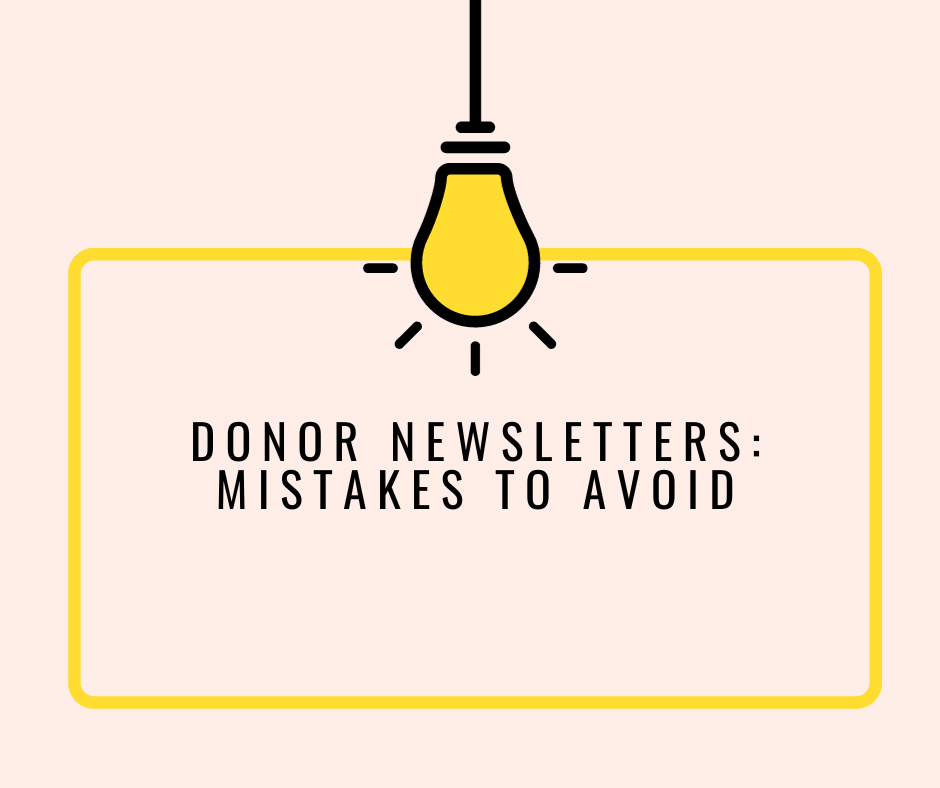It doesn't matter whether you're working on a direct mail appeal, capital campaign, or fundraising event. Everything you do centers around a strong case for support.
Tom Ahern says, "A great case for support paints the problem so clearly and expressively that your donor understands it instantly. Show her how to fix the problem. And make sure she feels great for making the world a better place."
A money-raising, donor-delighting newsletter tells your donor how she perfectly solved a problem (past tense). A good newsletter celebrates the donor.
It shares 3 stories of triumph, giving all the credit to your donor. The last page focuses on a need. And it tells the donor how she can perfectly solve that need. It ties a price point to the outcome. What would it cost to do one meaningful thing? This is where you embed your case for support.
I receive a lot of mail from Focus on the Family. Almost every piece of direct mail that I get from them has the following problems:
- Unskimmable (poor use of emphasized text and lack of headers)
- No pictures or picture captions
- Little to no "you" language (they're talking AT me, not TO me)
- They suffocate and obscure their offer in vague, conceptual language. They're obliterate any sense of urgency (even if the offer is time-bound) because they embed their offer is a WALL of text.
Here's Focus on the Family does exceptionally well:
- They know their audience. Their writing always aligns wtih the values of their donors.
- Most direct mail is signed by Jim, someone who is well-known and loved by their community.
- Their offer is usually seasonal and highly relevant.
- They avoid reverse type, use sufficient white space, and indent their paragraphs (multiple points of entry).
One more thing to share with you.
Research shows that with every additional paragraph in a letter, you’re losing readers. Almost everyone will look at photos. Around 90% will read the headline and deck (the subhead below the headline). And if the headline is interesting, 85% will read first sentence. Ultimately, 80% of people skim your message. Around 20% will read it.
I review a recent fall newsletter I received from Focus on the Family. Hope this gives you a clearer picture of what to do - and what not to do - when drafting your newsletter.

Member discussion: